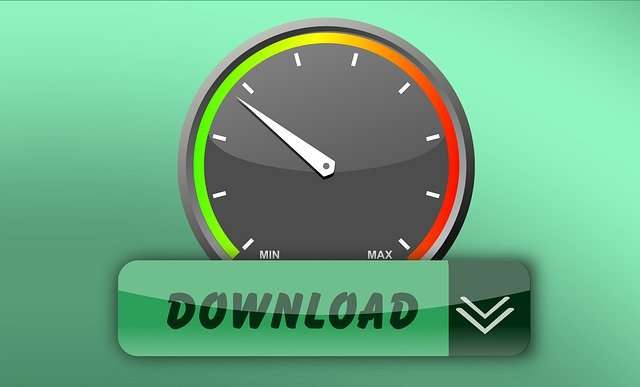Have you ever tried to count how many devices are connected to the internet at your home? You may get surprised by the numbers. Take a standard five-member family. Each is carrying an online smartphone. Probably all of them have access to the computer. Already there are the devices.

Additionally, you can count on smart TVs, security systems, home automation equipment. You may end up with a couple of dozens of devices connected to the internet or the local network. If your internet speed is mediocre, you may face slowdowns here and there.
How much Internet speed is enough?
Download and upload speed demand may vary depending on your internet use. Watching online videos probably takes most of the internet bandwidth. We all used to watch at least HD videos (720p or 1080p), and according to Netflix, that require at least 5Mbps. 4K may take at least 25Mbps. If 2-5 people around the house would like to watch different stream movies in the evening, bandwidth may get congested.
YouTube states that watching HD 1080p video takes at least requires 4Mbps, while 4K takes 4Mbps and more. All these differences are due to compression algorithms and caching technologies used.
If you can’t watch 4K videos, it may be safe to say that 20- 25Mbps for five people family is quite enough.
Why are there always fewer uploads than download?
When ordering an internet package, there is always a different limit on upload and download speeds. Upload usually is several times less than the download. For instance, for the 20Mbps download limit, there may be only a 6Mbps upload. The thing is that most home internet users primarily use it for downstream, like watching videos, browsing the internet. The stream is designed to be asymmetrical and more towards download optimization.
Businesses with critical upload speed may have symmetrical bandwidth for both directions. This asymmetry becomes unnoticeable with modern internet technologies, where rates reach hundreds of Mbps or several Gbps.
Upload bottleneck may hit you if you are a content creator and upload videos to YouTube, do live streams, or provide other services that require uploading large chunks of data. Then it would be best if you were looking for higher speed plans or need a symmetrical connection for fluent work.
How to test your internet speed?
You should test your internet speed regularly to pinpoint performance issues. The Speedcheck online tool is a quick way to get accurate results. Before you begin, be sure no other internet usage is present. Do it at night or when nobody is home and not using the internet. Then your results will be closer to reality.
Usually, there are three main parameters you should consider:
Download speed – a data pull speed usually measured in Mbps
Upload speed – data sending rate also measured in Mbps
Ping (latency) is the time between sending a request and receiving a response. Usually ranges in tens of milliseconds.
The other parameters may be stability (in %), indicating how speed jumps during the download or upload process.
Tips to increase your existing internet speed
First of all, there is no magic because you cannot get more than your current ISP plan can give. But, several things may make your internet snappier and more responsive. Let’s take a look at few things you can improve at home.
Choose a good Modem/router
A router is the main gateway between ISP and your intranet. A cheap and low-quality router may not be capable of delivering a fast response to many users simultaneously.
- Be sure that your router supports the latest WiFi standards.
- If there are many WiFi routers in the area, try switching to different channels that may be less congested.
- Modern routers may support 5GHz bands—this a great way to increase the speed of local WiFi. However, the higher frequency results in lower coverage.
- For better coverage, choose the router with external antennas.
- Hard restart router from time.
- Move the router around the house to get better coverage and a strong signal.
- Update firmware regularly.
Scan for viruses and bandwidth-hungry programs
Viruses and even some applications may silently take away a significant portion of your internet bandwidth. Simple system checkups on task managers may help to catch those applications and take care of them. If you feel that your internet response becomes sluggish, this is the place to look for at first.
Use fast VPN
More and more people have started using VPN for security, mobility, and bypassing restrictions due to geolocation. A poor VPN provider may slow down internet speed significantly. Be sure to choose VPN, which provides fast connections.
Use cable instead of WiFi
WiFi is great for mobility but may be slower and less responsive than a wired connection. If you can bring a chord from the modem to your PC, then do it. You will get a better response and speed every time.
Reduce interfering devices
Cell phones, Bluetooth devices work, use similar frequencies to carry signals, and interfere with your home network. Sometimes turning off Bluetooth may increase WiFi responsiveness.
Take Away
Internet is crucial in everyday life; this is why we need to take care of it from time to time. Getting more internet speed from ISP is not always a solution. Be sure to check your intranet condition, starting with the router, cables, and interferences. Simple cleanup and the update may bring your internet to a better life.

